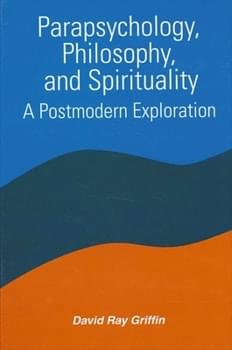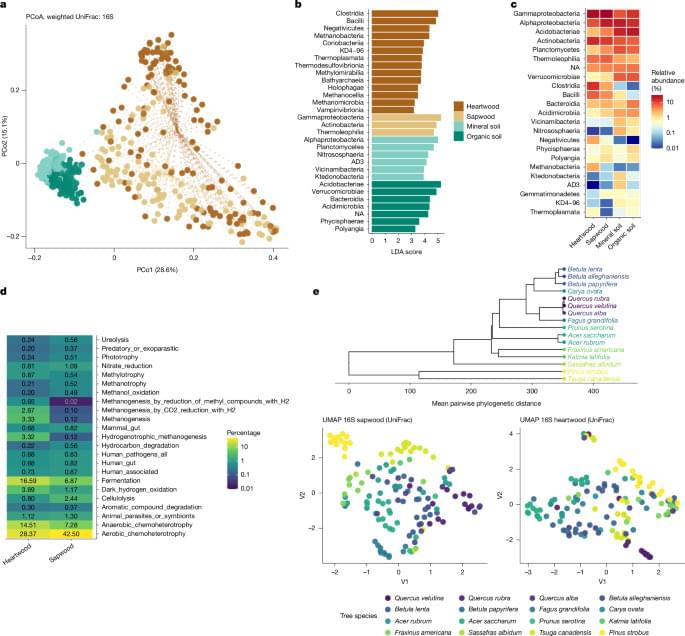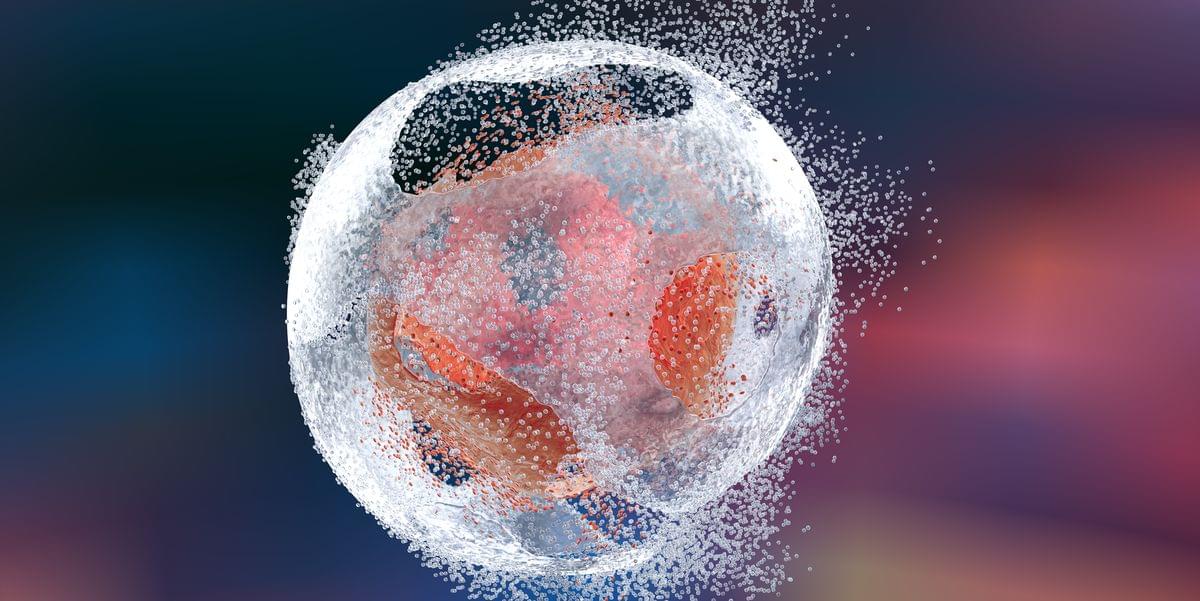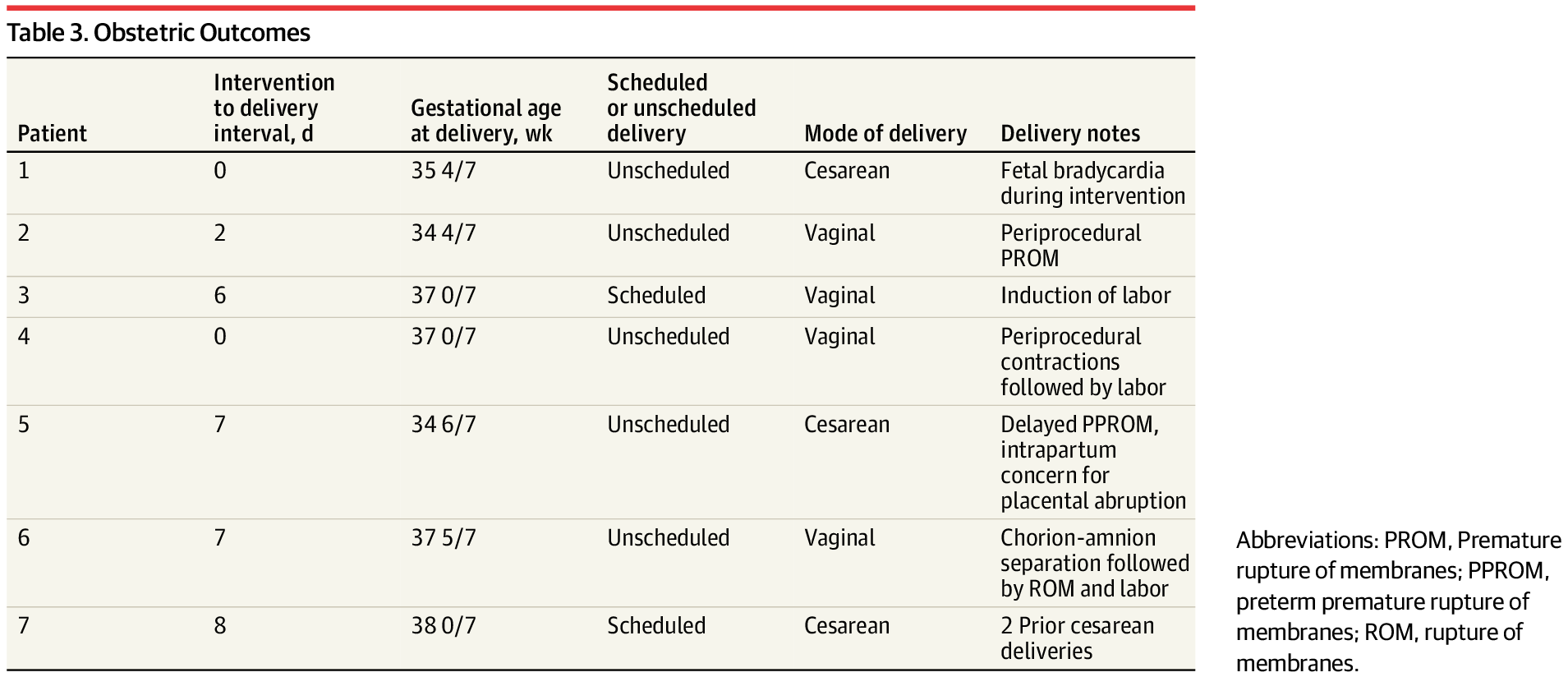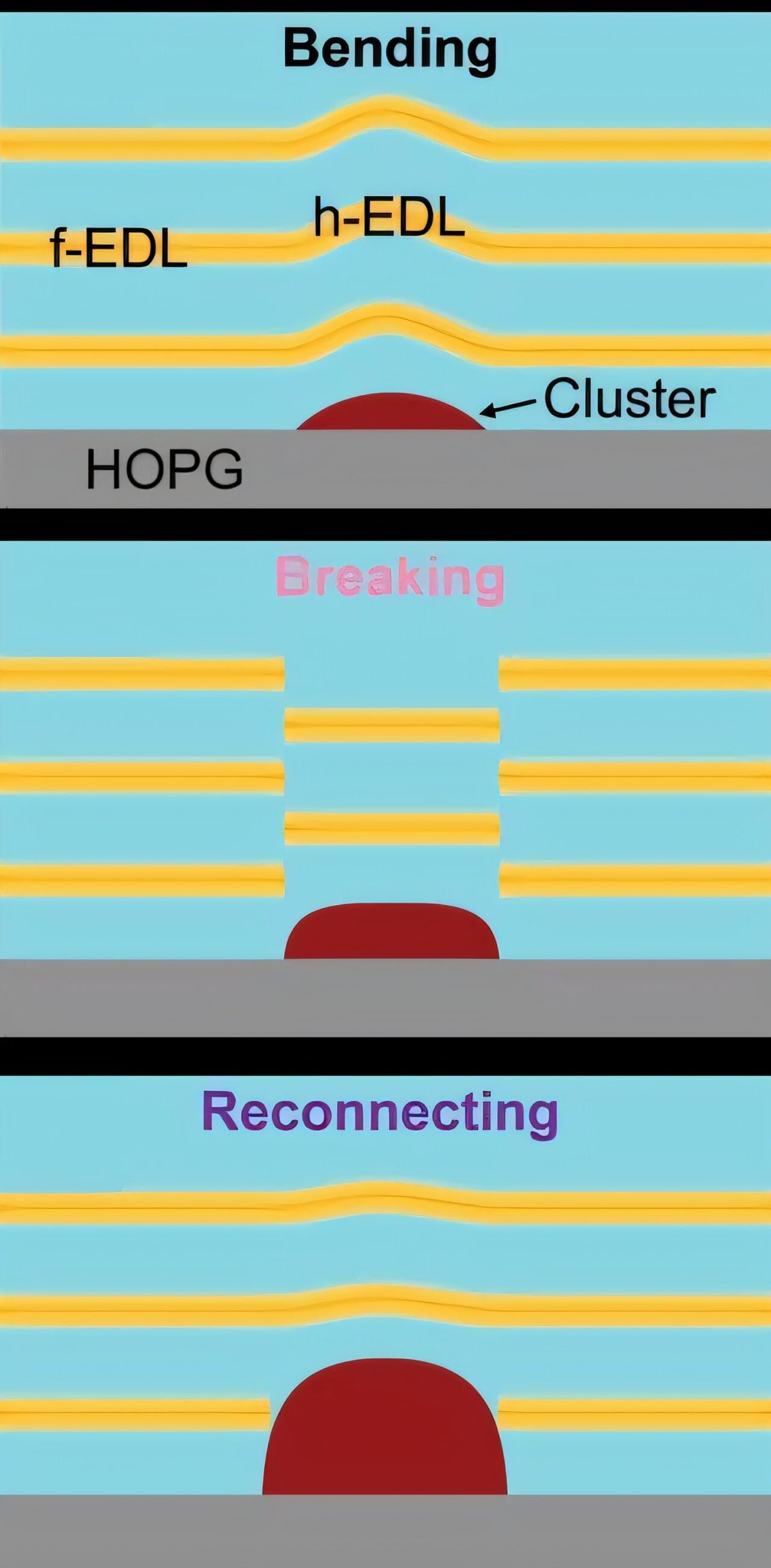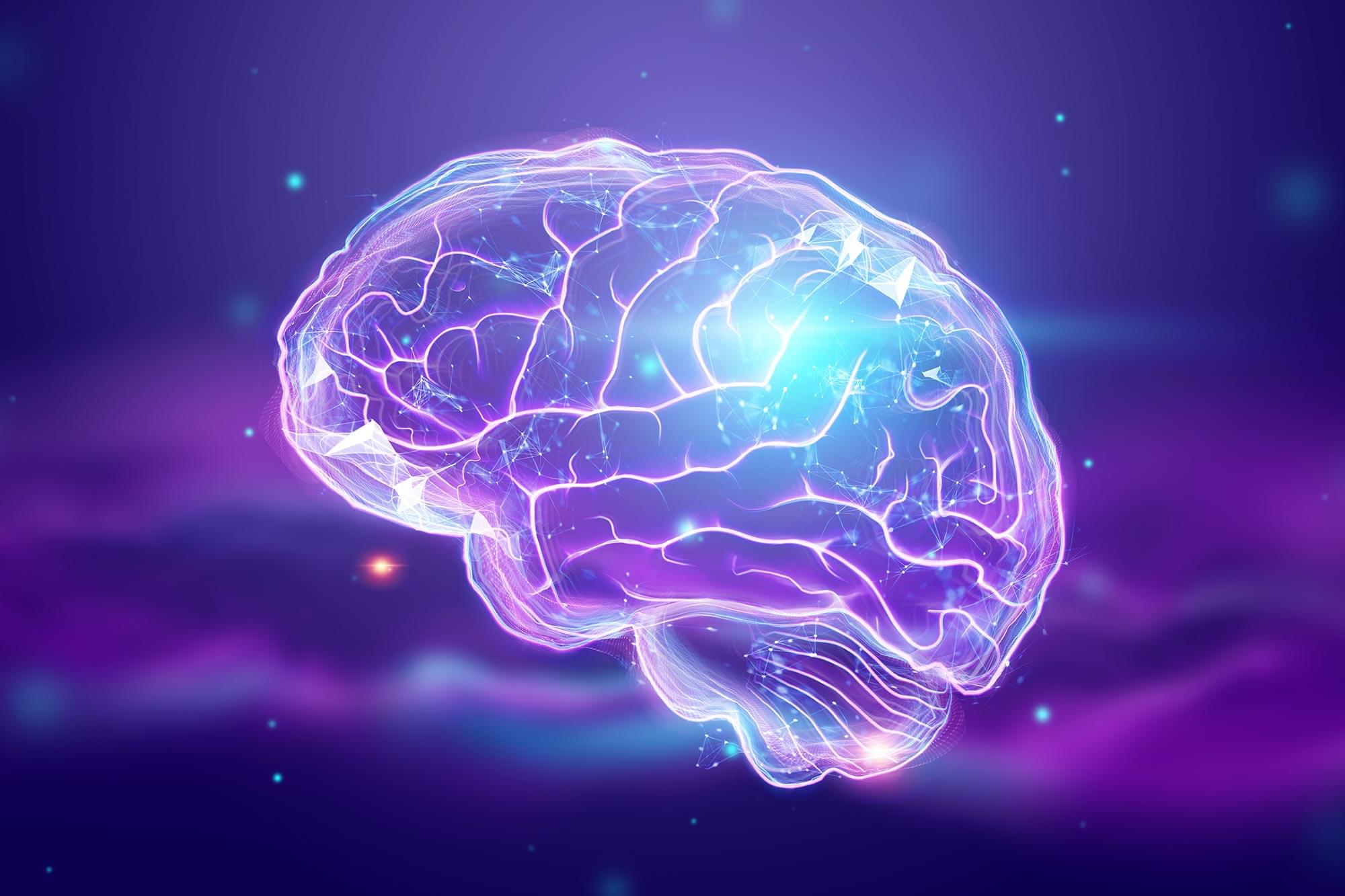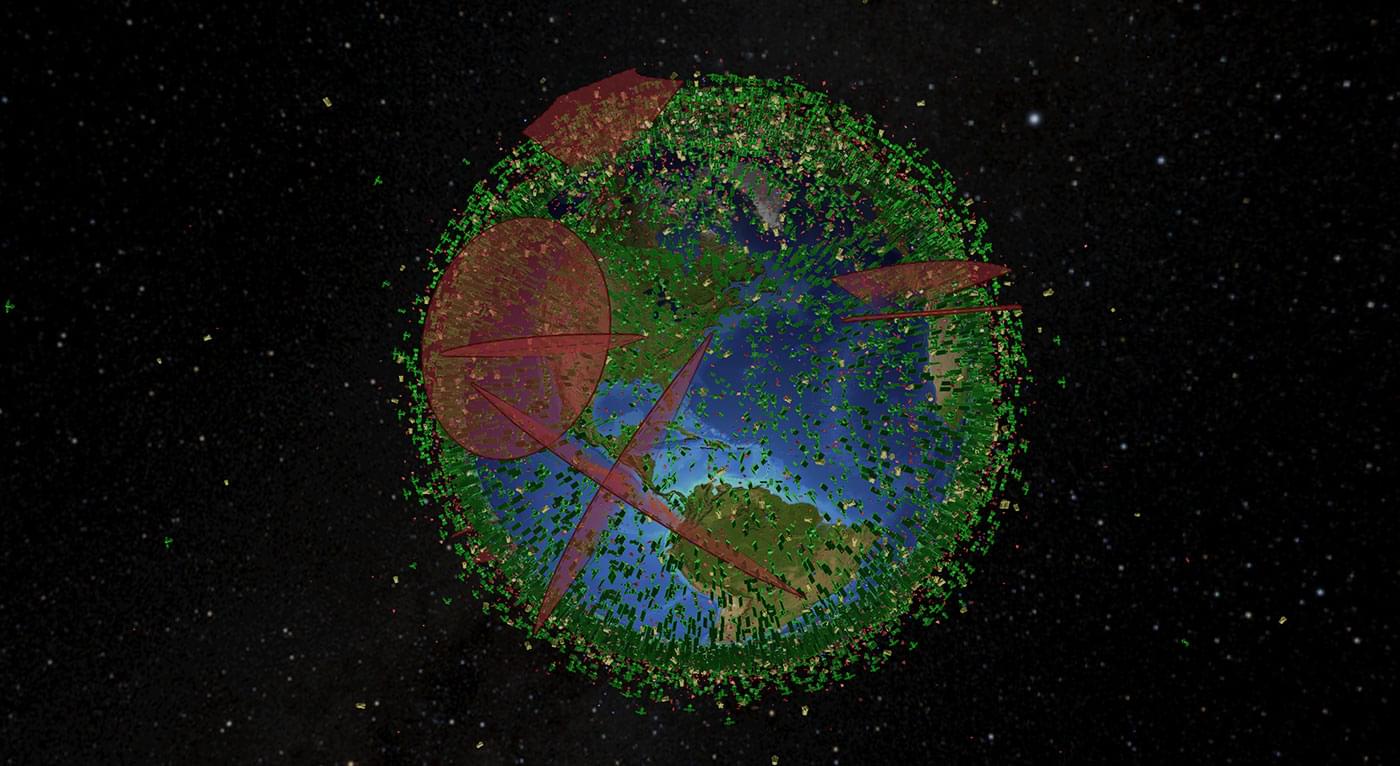I’m drawn to Whitehead’s philosophy not because it rejects the supernatural, but because it reawakens a deeper appreciation for it. Nature itself is supernatural because it is always transcending itself—a ceaseless creative advance into novelty. Even the so-called ‘laws of nature’ are not inflexible blueprints, but statistical generalizations about how nature habitually, though not invariably, operates. In a world where many skeptics dismiss anything wonderful, amazing, or unexpected as mere coincidence or illusion, Whitehead reminds us that novelty, beauty, and surprise are woven into the very fabric of reality. He offers a vision of God who, in one aspect of God’s primordial nature, is outside the actual universe altogether, and thus supernatural in this sense, but who is also immanent within the universe as a source of comfort, novelty, and creative transformation. God is supernatural in both ways: transcendent of the world, and present within it, working in and with the unexpected to deepen the richness of existence.
Added to this is the fact that Whitehead’s philosophy helps me understand and appreciate paranormal experiences. Events such as telepathy, remembrance of previous lives, psychokinesis, and apparitions can be interpreted not as violations of nature, but as rare expressions of its deeper interconnectedness—instances of hybrid prehensions where entities directly feel one another across distances and times, bypassing the usual causal pathways. In this way, what we call ‘paranormal’ is not anti-natural but a revelation of the profound relational fabric of the universe.
Yes, Whitehead helps me reimagine and affirm the supernatural.
